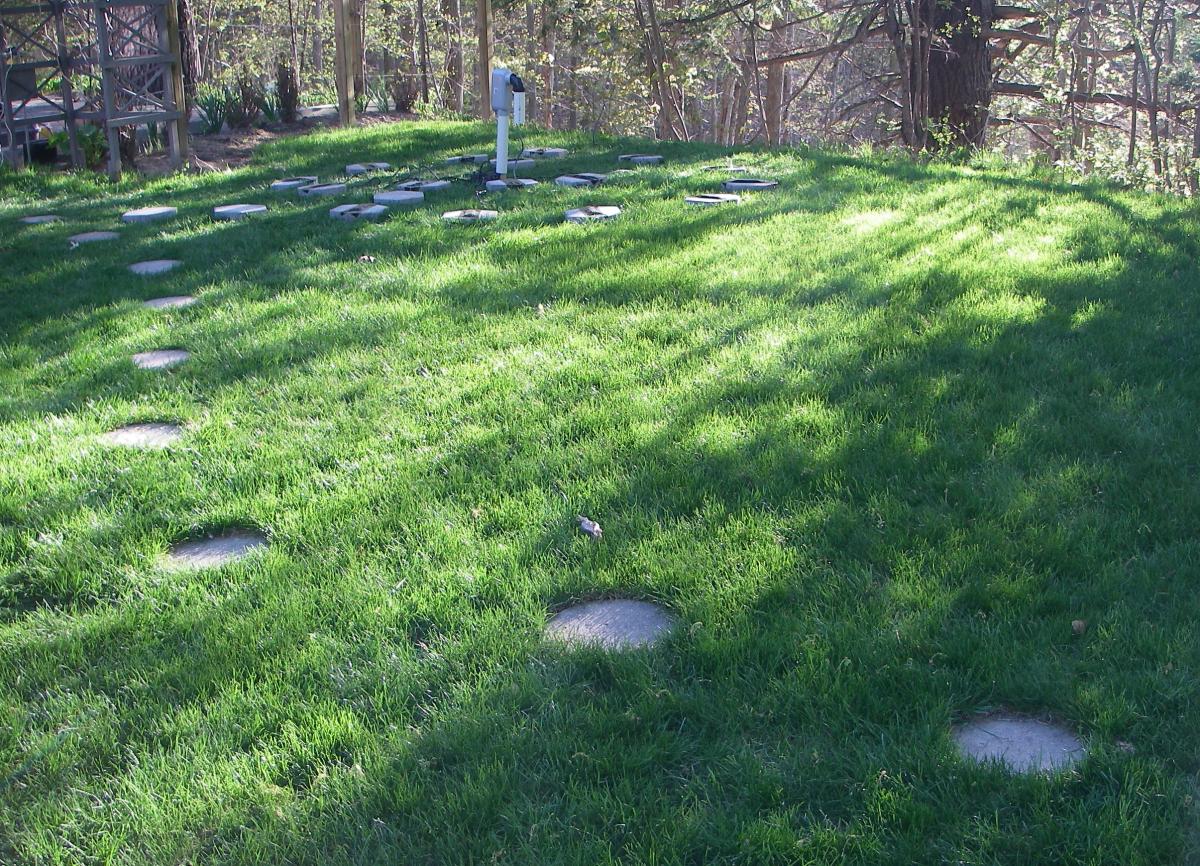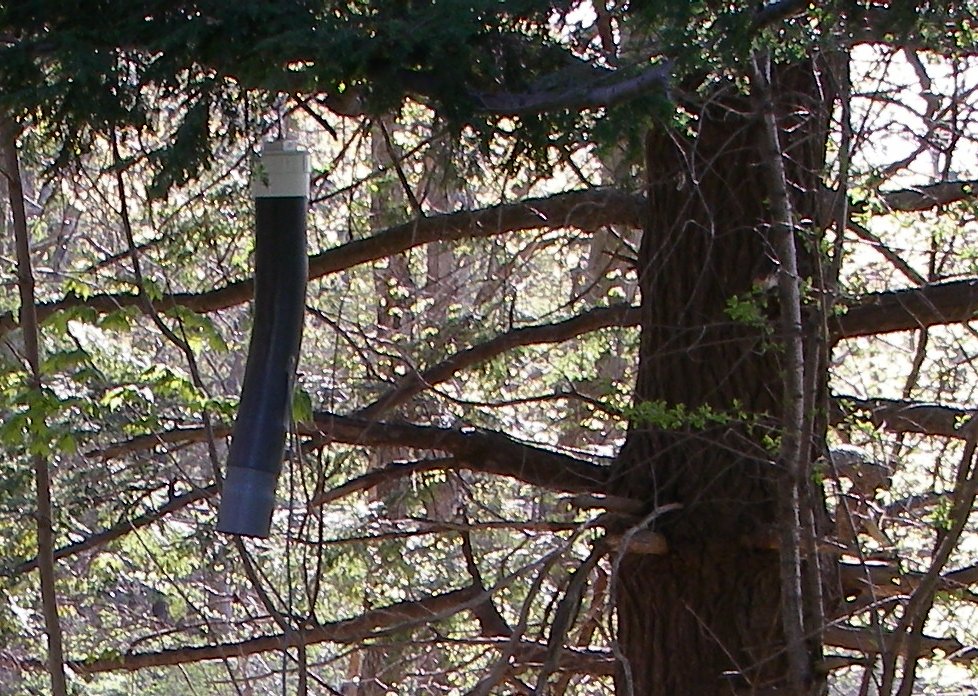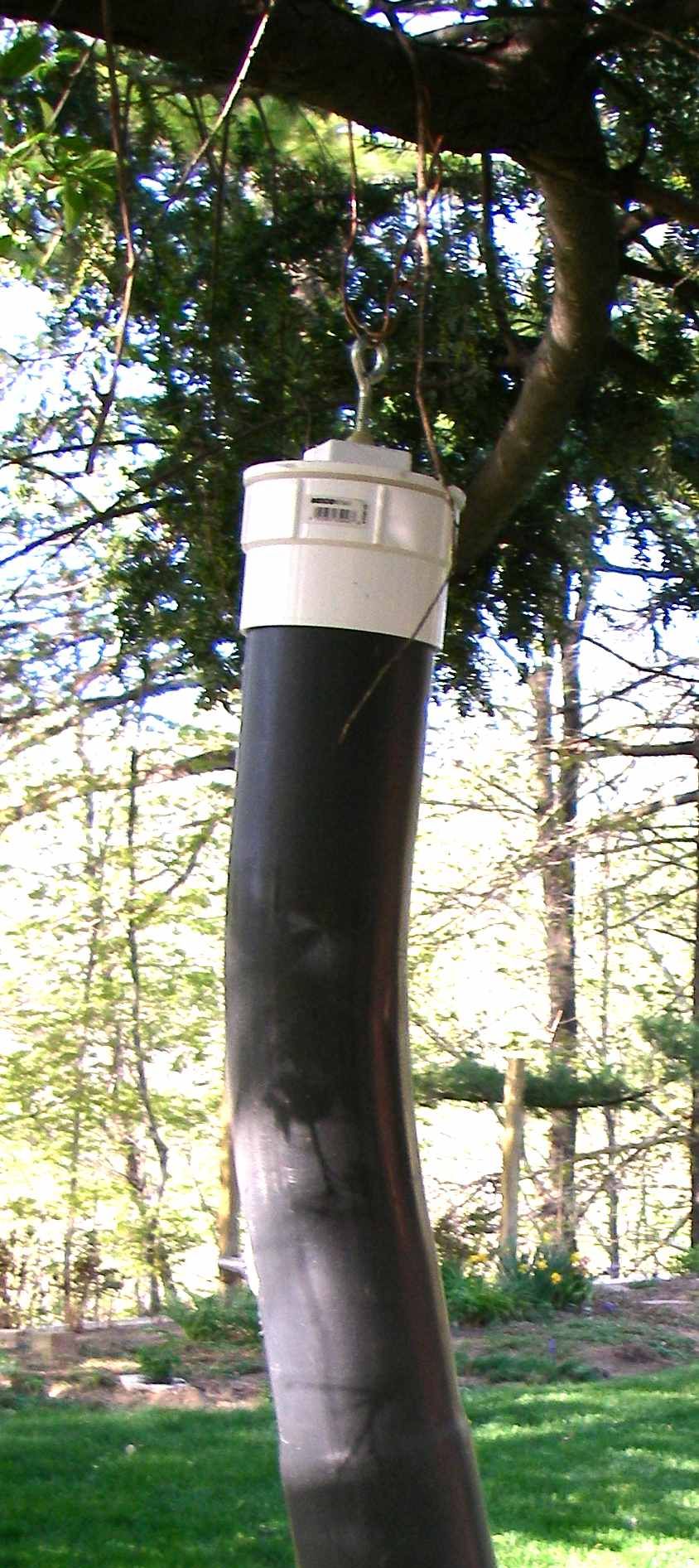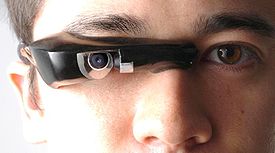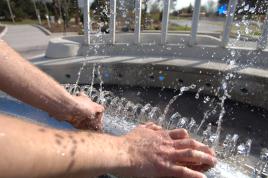
In 2004 we submitted to an international call for world-leading artists and designers, for work to be installed at the Ontario Science Centre. We were one of 230 applicants from around the world, of which 40 were selected, by an internationally recognized jury, to complete full proposals. Of these, we were shortlisted among 10 chosen to present, and finally we were chosen after presenting in-person. In 2006 we designed, built, and installed our public fountain as the main centerpiece out in front of the Ontario Science Centre, a landmark architecture site. Telus funded the 10 million dollar "Teluscape" project creating a large intellectual playground with 3 windmills, together with the sustainable interactive fountain. This fountain recirculates a small amount of water, with far lower water consumption than any other landmark architectural fountain in the world. One important way it saves water is by celebrating a small amount of water in a sensory-engaging way, in which turbulences and vibrations in the water create sound and tactile stimulus. We've gone on to install these at other universities, museums, and schools (including Canadian National Institute for the Blind). These hydraulophones are more than just musical instruments ---- they provide a soothing and spiritually healing space, and they also form the basis for some important scientific research.
University of Toronto presently lacks a central focal point such as a water feature, around which people can gather to relax and meet.
Much in the spirit of a town’s well, or the “village pump”, a number of us have been contemplating a water feature on campus that would function as an experimental test site for sustainable energy, water treatment, downspout disconnect, and irrigation. It would also capture the fluidity across many different areas of study, ranging from fluid mechanics to landscape architecture, to water therapy (health care), physical education and wellbeing, music therapy, and the flow of information/communication. The fountain would be a multimedia "web 3.0" cyberfountain linking the flow of water with the flow of information, to create a positive, social, fun, educational, and spiritually uplifting water feature.
The Global Village Fountain would be a co-curricular "living laboratory" where the rhythms and harmonies of music would flow into ongoing research curricula on water and sustainability.
The Global Village Fountain would begin at University of Toronto, and would eventually consist of a network of cyberfountains in various cities, connected together, so participants can touch water -- the same world's supply of water that we all share -- to engage each other across geographical boundaries.
See http://wearcam.org/globalvillagefountain.htm
2. HEALING WATERS: Proposed area = Clara Benson Building, adjoining pool, or main floor outside wall.
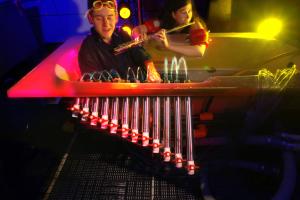
This project is proposed as a collaboration between the Faculty of Applied Science and Engineering, and the Faculty of Physical Education and Health. The project would involve the creation of a water therapy space that could be used year-round. Two possible locations have been identified: initially space adjoining the Benson pool, and subsequently space on the main floor along an outside wall, which could be opened up to create a student services space, cafe, or the like that faces the street, as an inviting space that draws people in, with the spa feature comprising a hydraulophone lounge (the aquatic equivalent of a piano lounge), that can also be used for water therapy treatments, as well as studies and explorations in water-based health and wellness.
3. SCHOOL IN THE SKY: Proposed area = roof of Wallberg building.
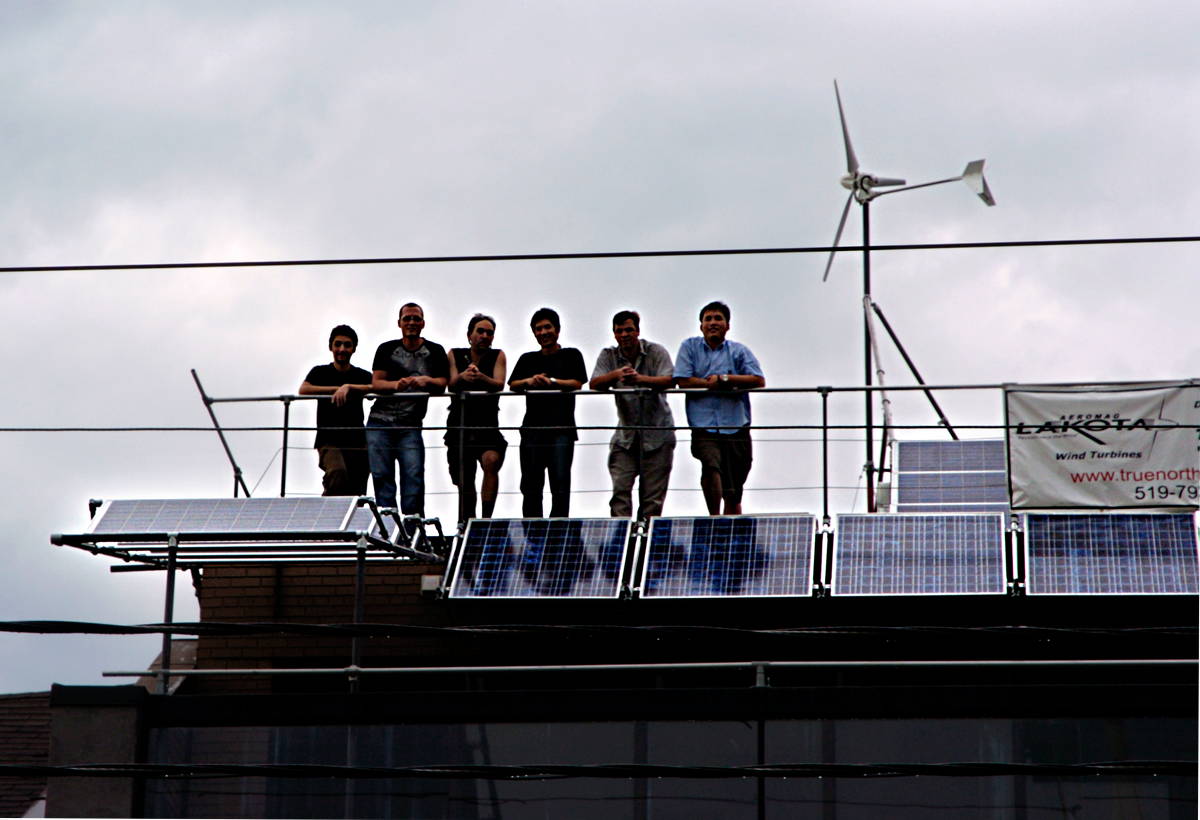
The BlueRoof GreenLab is a fun and playful teaching and research space where we learn about sustainability and the environment by way of teaching and learning outdoors in the environment. A prototype GreenLab was constructed in the summer of 2001 to experiment with these ideas.
See http://wearcam.org/greenlab/
A number of us have been planning how we can bring this idea to the rooftop of a University of Toronto building.
4. MULTIMEDIA GARDENS AND GREENSPACES: Proposed area = SouthWest green area of Sidney Smith Hall.

The BlueRoof GreenLab is a fun and playful teaching and research space where we learn about sustainability and the environment by way of teaching and learning outdoors in the environment. A prototype GreenLab was constructed in the summer of 2001 to experiment with these ideas.
See http://wearcam.org/greenlab/
A number of us have been planning how we can bring this idea to the rooftop of a University of Toronto building.
4. MULTIMEDIA GARDENS AND GREENSPACES: Proposed area = SouthWest green area of Sidney Smith Hall.
Interactive integrated media in gardens and greenspaces blends seamlessly with the environment.
A prototype has been built and tested (see for example, Toronto Star, http://wearcam.org/andantephone)
and the prototype is to be deployed at the SouthWest corner of Sidney Smith Hall.
The eventual goal is to hopefully bring this piece to Sidney Smith Hall on a more permanent basis.
5. THE DIY SELF: Proposed area = one's own body.
Much of sustainability focuses on surveillance, i.e. monitoring usages and externalities. We consider, however, inverse surveillance (sousveillance). For example, electric eyeglasses reduce or eliminate the need for electric lighting (can see in dark or low light), and reduce our reliance on centralized energy and informatics (including surveillance). Electric eyeglasses, eyePhone, and iPhone do to the world of informatics what distributed energy production (e.g. solar panels on rooftops) does to the world of electricity.
With "Web 3.0" (cyborgspace) are witnessing a move from centralized energy production and surveillance to a world of distributed energy production and sousveillance (i.e. decentralization of power and control).
Meeting location for Interpassionary 2010: Bell University Labs (BUL) Conference room, BA7256
(Bahen Building room 7256, on the 7th floor):
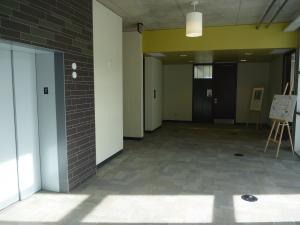
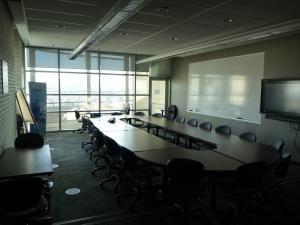
http://www.glogger.mobi/s/interpassionary
5. THE DIY SELF: Proposed area = one's own body.
Web 3.0 and the idea of "modding" the cyborg self defines a new cultural discourse that challenges the dominant content and the dominant discourse of broadcast (one to many) and surveillance (many to one).
Our team recently got back from the Vancouver Olympics where we've been presenting and demonstrating our wearable thought-controlled computing technology throughout the Olympics, as part of the Ontario Pavillion. This work arises from many years of University of Toronto research and development in cyborg technologies ---- work that's finally getting traction in industry, with companies such as Nokia, Hewlett Packard, and Microsoft (e.g. "sensecam") building upon our work.
Sustainability is not just about the environment and buildings we inhabit, but it is also about our cars or bicycles or clothes. Sustainability increasingly takes on the form of Do It Yourself (DIY) culture. For example, let us consider clothing is a building built for a single occupant -- a building that is either self-built or at least greatly involves the self in its selection. "Green clothes" save energy, and the technology we wear in our pockets has as profound an effect as, if not a more profound effect than the buildings we inhabit. Technology has moved from the architecture to the body!
Our team recently got back from the Vancouver Olympics where we've been presenting and demonstrating our wearable thought-controlled computing technology throughout the Olympics, as part of the Ontario Pavillion. This work arises from many years of University of Toronto research and development in cyborg technologies ---- work that's finally getting traction in industry, with companies such as Nokia, Hewlett Packard, and Microsoft (e.g. "sensecam") building upon our work.
Sustainability is not just about the environment and buildings we inhabit, but it is also about our cars or bicycles or clothes. Sustainability increasingly takes on the form of Do It Yourself (DIY) culture. For example, let us consider clothing is a building built for a single occupant -- a building that is either self-built or at least greatly involves the self in its selection. "Green clothes" save energy, and the technology we wear in our pockets has as profound an effect as, if not a more profound effect than the buildings we inhabit. Technology has moved from the architecture to the body!
Much of sustainability focuses on surveillance, i.e. monitoring usages and externalities. We consider, however, inverse surveillance (sousveillance). For example, electric eyeglasses reduce or eliminate the need for electric lighting (can see in dark or low light), and reduce our reliance on centralized energy and informatics (including surveillance). Electric eyeglasses, eyePhone, and iPhone do to the world of informatics what distributed energy production (e.g. solar panels on rooftops) does to the world of electricity.
With "Web 3.0" (cyborgspace) are witnessing a move from centralized energy production and surveillance to a world of distributed energy production and sousveillance (i.e. decentralization of power and control).
Web 3.0 evolved from a collection of old computers salvated from dumpsters, reused, and other "junk" collected from thrown away lab equipment. We need a way to capture useful hardware that would otherwise be disposed of, so that we can take it apart and learn how it works, without having to worry about breaking something valuable. Sustainability is a grass-roots Web 3.0 movement that grows from the individual as much as it does from the organization!
Meeting location for Interpassionary 2010: Bell University Labs (BUL) Conference room, BA7256
(Bahen Building room 7256, on the 7th floor):


http://www.glogger.mobi/s/interpassionary
